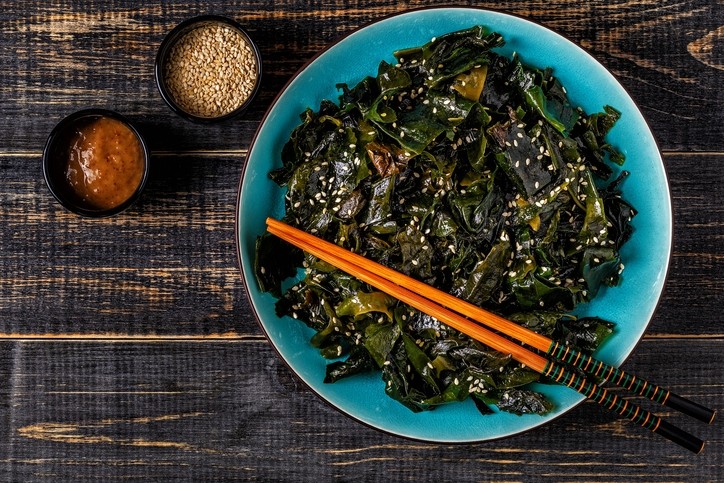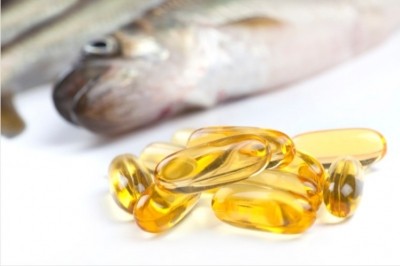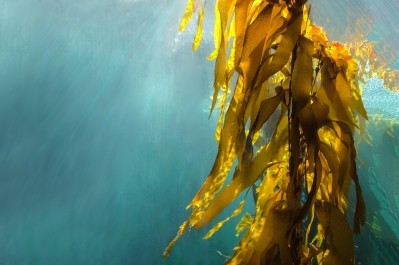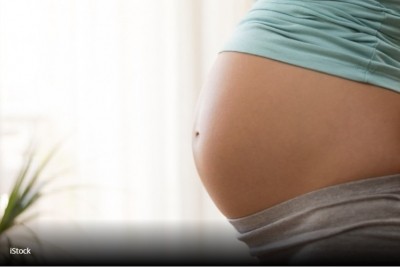Study finds excessive iodine status in macroalgae consumers

Iodine is an essential micronutrient required for the synthesis of thyroid hormones. Marine foods, such as fish and shellfish are naturally high in iodine due to the high iodine concentration in seawater and seaweed (aka macroalgae). Some countries enrich food stuffs with iodine, such as milk, dairy products and eggs.
During recent years, macroalgae has become increasingly popular in the western part of the world. In Europe, macroalgae represents a potential new dietary iodine source, and has also been considered as an especially healthy food or even “super food”.
Although consumption of macroalgae has become increasingly popular in western countries during recent years, little is known about the iodine status and thyroid function in macroalgae consumers, although it is understood that both iodine deficiency and excess may increase the risk of developing a thyroid disorder. As such, the European Food Safety Authorities (EFSA) has requested more knowledge on iodine content of dietary seaweed as well as data on macroalgae consumption.
The aim of the current study was to describe iodine intake and iodine status in a group of macroalgae consumers in Norway, and to report on parameters of thyroid function. This is the first study to examine iodine status and thyroid function among macroalgae consumers in Norway.
Convenience sampling was used to recruit 44 consumers of macroalgae during September, October and November 2019, including frequent macroalgae consumers, defined as habitual consumption of macroalgae on a weekly basis.
All participants delivered two urine samples. The participants were encouraged to consume macroalgae in the same manner as usual, and were instructed to sample their urine 3–4 and 7–8 h after consumption.
Iodine intake from iodine-rich foods and iodine-containing supplements was calculated for the last 24 h (I24-h), and habitual iodine intake was calculated from a short food frequency questionnaire (FFQ). The I24-h included questions about intake of milk and yogurt, cheese, eggs, and fish, or iodine-containing supplements (non-algae).
The median UIC among the 44 macroalgae consumers included in this study was 1200 (370–2850) µg/L after macroalgae consumption, and the estimated median iodine intake from macroalgae alone was 2200 (280–4060) µg/day.
The researchers point out the median UIC considerably exceeds the cut-off value of 300 μg/L from WHO/UNICEF/IGN, indicating excessive iodine nutrition. Further, the median estimated iodine intake of 2430 μg/day was four times higher than the tolerable upper intake level (UL) from EFSA of 600 μg/day. Three-quarters of the participants exceeded the UL of 600 μg/day, while 64% exceeded the UL from The National Academy of Medicine (NAM), formerly called the Institute of Medicine, of 1100 μg/day.
The median daily iodine intake from food alone was considerably lower than the UIC. This indicates that macroalgae were the main contributor to dietary iodine in this study.
The report states: "Due to the design of the study and the lack of accurate data on the iodine content of the consumed macroalgae products, we cannot report on the bioavailability of iodine. However, as the contribution of iodine from macroalgae was high, and by far exceeded the contribution from other foods, the absorbed amount of iodine is likely to be substantial.
"A large share of the products the participants reported to consume were not labeled with iodine concentration. Similarly, in the UK, only 22 products out of 224, (10%), stated information regarding iodine content. Due to variations in iodine concentration with season, harvesting location, age, and size of the macroalgae, storage and processing conditions, the iodine concentration is difficult to determine without specific analysis of products. The iodine concentration for the same species may vary considerably.
"For the products in our study with declaration of iodine, the concentration was highly variable, ranging from 63 µg/g to 35,000 µg/g for whole food macroalgae and 0.6 µg/g to 3360 µg/g for macroalgae containing foods. With such variations in iodine content and with products without iodine declaration, it is difficult to decide if a product is safe to consume."
The authors conclude that vulnerable people, such as pregnant women and individuals with thyroid autoimmunity, should avoid consuming macroalgae so as to avoid the risk of excess iodine consumption.
"Population groups vulnerable to high iodine intakes should avoid consuming macroalgae in order to reduce the risk of negative health consequences of excessive iodine intakes. Our study sample was small, and larger studies preferably with a controlled design including repeated measures, would be useful for future research within this topic. Studies examining the content and bioavailability of iodine and heavy metals in macroalgae and macroalgae products are also warranted."
The authors also note that macroalgae may be a source of contaminants, such as heavy metals and especially inorganic arsenic. The potential exposure risk of these, and other undesirable components from macroalgae, was not evaluated in this study and requires further investigation.
Source: Nutrients
Markhus. M. W., et al
Iodine Status and Thyroid Function in a Group of Seaweed Consumers in Norway
https://doi.org/10.3390/nu12113483












